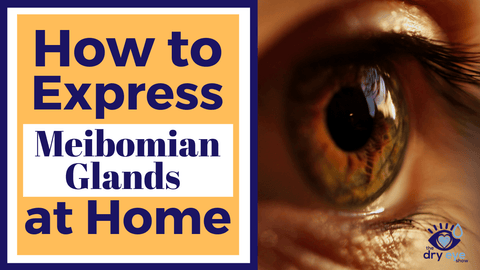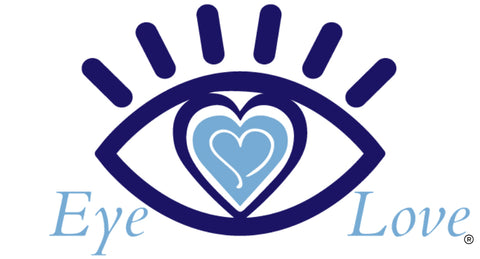
What We Know About Dry Eye Disease Today
Let’s begin with a definition. The official Dry Eye Workshop (DEWS) Report states that “Dry eye is a mutifactorial disease of the tears and ocular surface that results in symptoms of discomfort, visual disturbance, and tear film instability with potential damage to the ocular surface. It is accompanied by increased osmolarity of the tear film and inflammation of the ocular surface.” Whew!
What does all this mean? First of all, this lengthy definition makes it clear that this disease is a complex web of tear film issues, damage to the front of the eye, and visual disturbance because of it all. Inflammation and hyperosmolarity are the primary culprits, and we’re going to delve into those causes today. According to the significant Beaver Dam Offspring Study (BOSS), it has been estimated that Dry Eye Disease (DED) affects more than 30 million people worldwide...so there are tons of you out there!
You and I both know that dry eye can affect all areas of your life. This disease often leads to burning, uncomfortable eyes, changes in vision or fluctuations in the ability to see, and contact lens dropout. Over the last decade, researchers have discovered that DED occurs due to inflammation and hyperosmolarity of the ocular surface. Many environmental and endogenous factors can stimulate this inflammation, including a decrease in tear quantity (most often due to Sjogren’s Syndrome), meibomian gland disease (problems with the oil secreted onto the eye), evaporation of the tears (due to wind, medications, low blink rate, contact lens wear, and many others), and even ocular allergies. Hyperosmolarity is also a trigger to inflammation, and this issue occurs due to a decrease in tear quantity and evaporation of the quality tears from the surface of the eye. You can think of this as if your eyes were bathing in abnormally salty tears instead of fresh, healthy tears. Ick!
All of the inflammation that results can cause continued stress on the surface of the eye. This continued stress leads to the release of cytokines (immune system cells, like the T cell). DED is characterized by this T cell infiltration of the gland that makes tears, meaning that inflammatory cells are triggered and move into this gland to wreak havoc. These cells recruit other cells and a cascade of events ensues, making you downright miserable. The final step in the process, and the one that makes you the most uncomfortable, is when more cytokines are released leading to further damage and release of even more inflammatory cells.
Yikes! The pathogenesis of DED is intense and there are many factors that play a role in the process. Unfortunately, those who suffer from this cannot simply use artificial tears and expect the condition to resolve itself. While we’re well on our way to a better understanding of this condition, there is much to be learned and treatment is often lifelong.
What treatments have you tried? Did you find anything that successfully improved your symptoms? Let us know!
One Love,
Dr. Jenna Zigler
Other Dry Eye articles by Dr. Zigler: 4 Tips to Stop Waking Up With Dry, Painful Eyes; Which Antidepressants Cause Dry Eye; Fish Oil for Fighting Dry Eye Inflammation; and What Not To Eat If You Have Dry Eye





